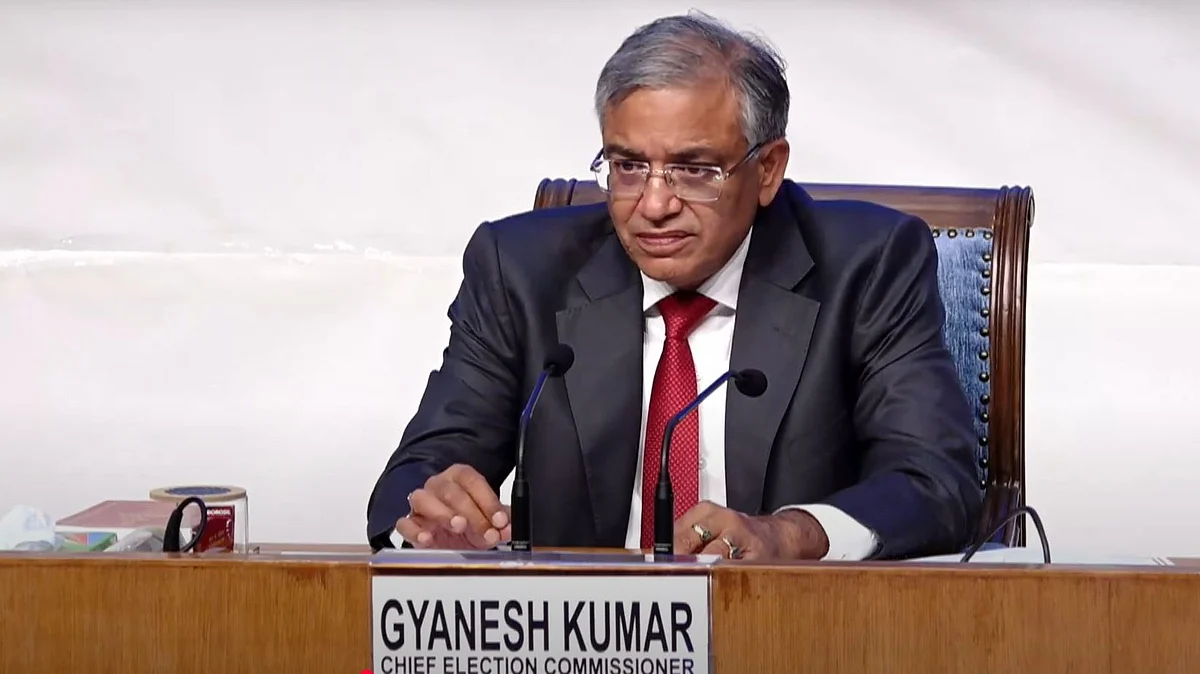Mumbai: The tragic train accident near Pachora in the Bhusaval division of Central Railway on Wednesday, which claimed the lives of 13 passengers, has highlighted the need for public address systems in long-distance trains. Transport experts and passenger activists believe that such a system could have prevented or minimized the tragedy.
The accident occurred when panic-stricken passengers of the Lucknow-Mumbai Pushpak Express jumped off the train due to rumors of a fire, only to be struck by the speeding Karnataka Express on an adjacent track.
Passenger activist Samir Zaveri advocated for the installation of public address systems in all long-distance trains, stating that the current alarm chain pulling system is outdated.
"It is imperative to introduce an intercom system to enable communication with the motorman and guard, along with a public announcement system connected to all coaches," Zaveri said.
Transport expert and co-founder of Mumbai Mobility Forum, A.V. Shenoy, also emphasized the importance of public address systems in trains. "A public address system is invaluable during emergencies, ensuring passengers are aware of the situation and can take necessary safety measures," Shenoy said.
"Airlines use such systems to alert passengers about turbulence or emergency landings. In normal circumstances, they are useful for announcing the next station, explaining delays, and providing the estimated time of arrival."
Similarly, Vidyadhar Date, senior journalist and transport expert said, "Public address systems play a crucial role in emergency situations, as seen in incidents like the Pushpak Express tragedy. The Indian Railways must prioritize installing these systems in all long-distance trains. For decades, I have traveled through this area to Nagpur, my hometown, and it has always been overcrowded."
However, when contacted, a senior official of CR said, "I don't think a public address system would have been beneficial in this scenario, because neither the train driver nor the train manager would have been aware of the Karnataka Express coming on the adjacent track."
According to the preliminary report of the railway, the visibility of the approaching Karnataka Express was affected by the curvature near the accident site. "The drivers of both trains made every effort to avoid the incident, but the two-degree curvature made it difficult for passengers to spot the approaching train" said an official.
The railway official further stated that the driver of the Pushpak Express switched on the flashing lights as per protocol after the alarm chain was pulled. The driver of the Karnataka Express noticed the flashing light and applied the brakes.
However, the curvature of nearly two degrees likely obstructed visibility, preventing passengers from noticing the approaching Karnataka Express on the down track, leading to the tragic incident.










